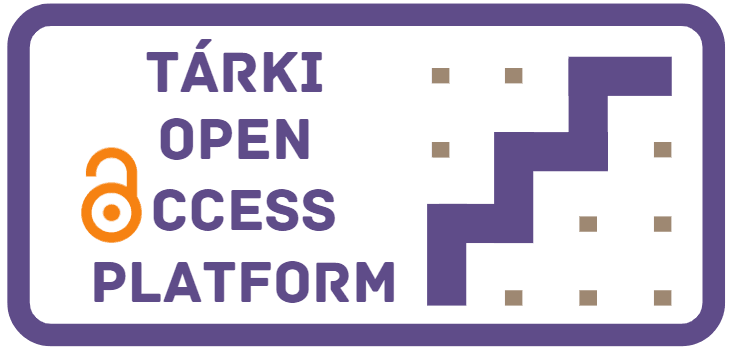Szegénység és társadalmi kirekesztés Magyarországon és az EU-ban
letöltésBranyiczki Réka; Gábos András; Szivós Péter
Szegénység és társadalmi kirekesztés Magyarországon és az EU-ban
Poverty has various definitions and, accordingly, several indicators that serve to operationalize those definitions (see e.g. Boarini and d’Ercole, 2006).1 For example, as defined by the European Union, the poor are ‘individuals whose resources are so limited as to exclude them from the minimal acceptable way of life of the Member State in which they live’ (European Council, 1975: 36). The EU’s poverty definition thus contains both outcome (exclusion from the minimal acceptable way of life) and resource (lack of resources) elements (Fusco et al., 2010). In order to monitor the poverty reduction target, the EU2020 Strategy identified a composite indicator. Based on that, people living in poverty or social exclusion are defined as those who are poor in terms of relative income, are materially deprived, or who live in households with low work intensity. In the poverty and social exclusion indicator of the EU2020 Strategy, income poverty is related to the ‘resource’ element and material deprivation to the ‘outcome’ element of the definition. 2 TÁRKI Social Research Institute has been regularly publishing reports on the trends in poverty in Hungary for more than 25 years, using a set of indicators that has been widely accepted and used in international comparative analyses. Initially, this data source was the Hungarian Household Panel (e.g. Spéder, 1998); since 2001, it has been the TÁRKI Household Monitor Survey (Gábos and Szivós, 2010; Gábos et al., 2013; 2015). In the second half of the 2000s, due to the monitoring processes arising from Hungary’s EU membership, the publications came to include indicators of other poverty approaches (e.g. material deprivation, low work intensity), as well as relative income poverty measures. Also, in order to provide an international context, the publication was supplemented with data from the EU-SILC (European Statistics on Income and Living Conditions) survey coordinated by Eurostat. The present study aims at continuing this tradition, this time relying entirely on calculations based on the EU-SILC database. It includes annual cross-sectional indicators of poverty and social exclusion; these snapshots are supplemented by another chapter in the volume (Branyiczki and Gábos) that studies the dynamics of poverty.
